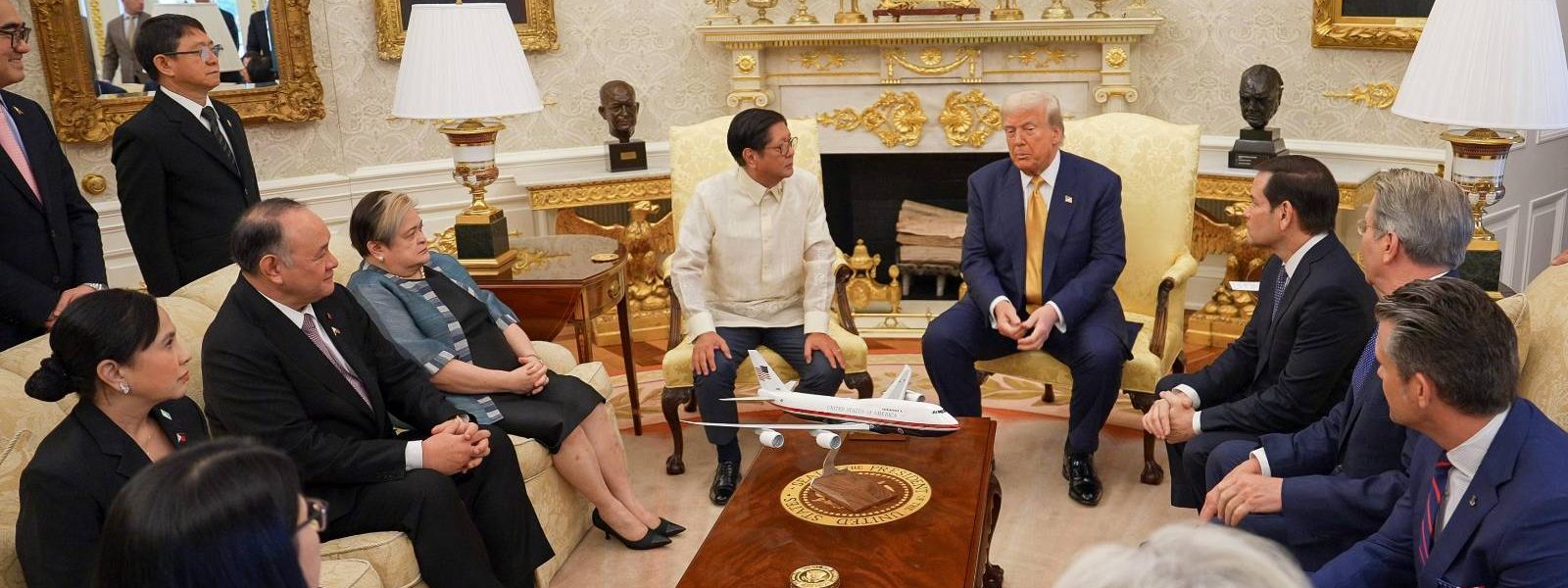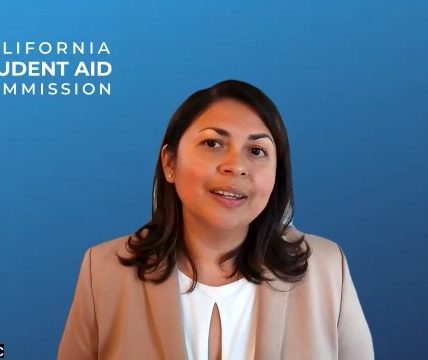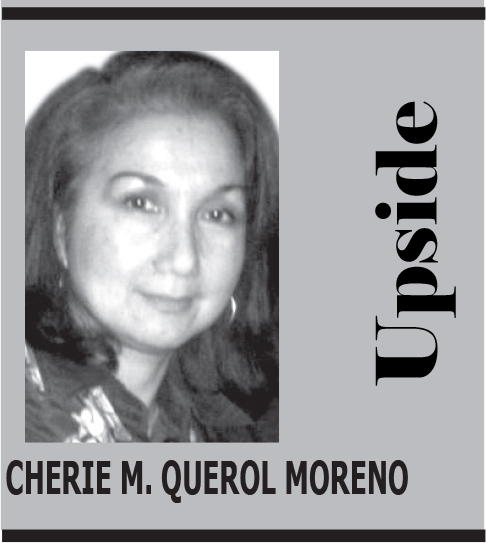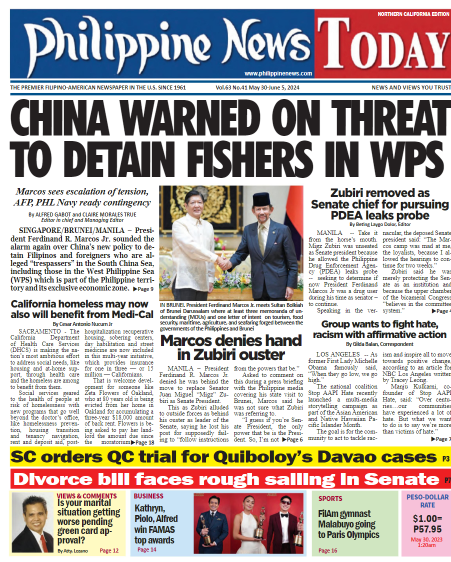TRUMP SETS 19% TARIFF FOR PHL, WINS 0% TARIFFS ON U.S. CARS; 1% reduction ‘significant,’ says Marcos
By ALFRED GABOT and CLAIRE MORALES TRUE
Editor in Chief and Managing Editor
WASHINGTON D.C./MANILA — After a series of negotiations in the United States by Philippine trade officials with their American counterparts capped by President Ferdinand Marcos Jr. official visit in the White House, US President Donald Trump imposed a 19 percent tariff on Philippine exports down only one percent from 20 percent tariff and higher than the 17 percent earlier set even as import duties on US automobiles and some goods were removed.
While in Washington, Marcos defended the deal as “significant achievement” as it immediately drew support from some sectors while business leaders, lawmakers and other groups in the Philippines expressed caution on possible adverse effects on businesses, the economy and consumers. (See related stories.)
“Now, one percent might seem like a very small concession. However, when you put it into – in real terms, it is a significant achievement,” Marcos said in Washington before returning to Manila.
Marcos arrived back in Manila Wednesday after his three-day US visit upon invitation of Trump armed with $21 billion in private sector investment pledges and renewed US commitment for security and defense and economic cooperation in the wake of disturbing aggression by China in the region.
Marcos said the US, at the same time, pledged US$15 million in new support for private sector development under the Luzon Economic Corridor, and US$48 million in additional foreign assistance.
In his meetings with Trump, Secretary of State and National Security Adviser Marco Rubio, and Defense Secretary Pete Hegseth and Central Intelligence Agency officials, Marcos underscored the alliance’s role in upholding peace and stability in the South China Sea and broader Indo-Pacific, amid continued assertiveness by China.
“We reaffirmed our ironclad commitment to the Mutual Defense Treaty,” Marcos said, citing discussions on cybersecurity, infrastructure resilience, and energy security.
“I thank the United States for its consistent support for the preservation of regional peace and stability and for upholding the rule of law in the South China Sea,” Marcos said in his speech upon arrival in Manila.
Marcos also met with top executives in semiconductors, healthcare, and infrastructure, bringing home pledges worth over US$21 billion investments which could generate thousands of jobs for Filipinos and help build “economic security and resilience.”
The President emphasized fair and reciprocal trade as a cornerstone of future ties.
“We remain positive about the future of PH-US trade, including investment relations, especially in the context of economic security and fair, balanced, reciprocal trade,” he said.
Some groups said the 19 percent duty to be levied on Philippine exports starting August 1 is higher than the initial 17 percent announced earlier by President Trump when he launched what he called the “Liberation Day” tariffs in April.
The new tariff rate is the second-lowest in the region, similar to that of Indonesia and higher only than the 10 percent slapped on Singapore, it was pointed out.
“We concluded our trade deal, whereby the Philippines is going open market with the United States, and zero tariffs. The Philippines will pay a 19 percent tariff,” Trump posted on Truth Social after his bilateral meeting at the White House Oval Office .
Marcos explained that under the deal, the Philippines will scrap the tariffs on automobile imports from the US.
“Because we have a tariff on American automobiles, we will open that market and no longer charge tariffs on that,” he said.
Marcos said the Philippines will also raise US imports of soy products, wheat and pharmaceuticals, a setup that would lower the prices of medicines in the country.
Malacañang claimed that the 19 percent tariff would not have much impact on the Philippine economy because it is not dependent on exports to the US.
Marcos had no scheduled meetings with the Filipino community while in Washington.
Filipinos, at the time, bewailed that Mr. Marcos failed to discuss the proposed additional tax or fees on remittances to the Philippines and concerns on the immigration crackdown by the Trump administration which has affected hundreds of Filipinos.
“It was a beautiful visit, and we concluded our Trade Deal, whereby The Philippines is going OPEN MARKET with the United States, and ZERO Tariffs. The Philippines will pay a 19% Tariff,” Trump posted on his Truth Social account after meeting Marcos.
Trump described Marcos as a “very good and tough negotiator.”
Latest data from the Philippine Statistics Authority showed that the US comprised the highest export value amounting to US$1.115 billion, or 15.3 percent of the country’s total exports in May this year.
Marcos, the first Southeast Asian leader to meet with Trump during his second term, reaffirmed the bilateral alliance, calling the US the Philippines’ “strongest, closest, most reliable ally.”
Both leaders also signaled expanded military cooperation.


















